"Kanaka" was a derogatory term applied to the South Sea Island labourers shipped to Australia in the late 19th century, although some believe "Kanaka" is a Polynesian word for "man". Some were willing slaves but the majority were either brought here under false pretenses or blatantly stolen from their families to work mainly in the cane fields of this nation. Robert Towns was one of the first to introduce Kanaka trade to Queensland in 1863 and by the 1890's more than 57,000 had been brought in. Other names associated with this abominable trade called "Blackbirding" were Eli Barker, George Shaw, Captain Peter Watson, Captain Joseph Fraser, Captain Paesch, Captain John Hugh Rogers, Captain Weiss, Mr Tancred, Mr Gosselt, George Fox, John Murray of Pandora Plantation, E.D.Melhuish, R.S.G. MacDonald, William Broome and Peter Graham, to mention just a few. Some of the ships used were "Mary Smith" "Bobtail Nag" "Maid of Riverton" "Jason" "Sybil" "Roderick Dhu", "City of Melbourne", "S.S.Corea", "S.S.Pacific", "Lady Norman", and the "Sydney Belle". Not all slave owners treated their slaves badly, in fact when William Broome sold some of his property to the Yeppoon Plantation, one of his boys refused to leave him, so he allowed him to stay on even though it caused quite a lot of friction with the Government.
Two carriers named Bowyer and Davis, transported some of these Kanakas to the west to be used as laborers on stations. In fact the first Kanakas to come to Rockhampton were sent to work for Mr Dickson of Arcadian Downs Station in 1866. Being Island people, they had no chance of surviving the harsh outback environments.
The majority of the slaves brought to Central Queensland, worked on the Yeppoon Sugar Plantation, in the most appalling conditions imaginable. the ones who didn't die of homesickness and broken hearts, were literally worked to death, or died of pneumonia. Some white citizens abused and brutally attacked these slaves, believing the Kanakas were a threat to their own pay and employment conditions (as if these Islanders wanted to be kidnapped and enslaved). However the majority of white people were appalled by the whole illicit trade. There were many humanitarian groups trying to change government thinking. One such group in Rockhampton brought to trial a slave owner named Gosselt who claimed that a Mr Tancred had stolen his boy slave and that he could prove it as the boy was branded not once but twice. Mr Tancred was fined £10 for stealing, (horse thieves were known to get ten years prison). Gosselt walked free, it seems the barbaric act of slave branding was wide spread and the authorities didn't seem to care. The Queensland and Commonwealth governments clashed badly over the Slave Labour issue, resulting in the trade being abandoned in 1903. The main reason for the closure of the Farnborough Mill and many other establishments dependant on slaves, was the cessation of the transportation of coloured labour. These South Sea Island labourers were highly intelligent and a gentle people, most of whom carved out a good life for themselves against a lot of opposition. when the trade ceased in 1904, many were sent back to their home islands, which was wonderful for those who wished to go, but for those who were born on a Queensland cane plantation, this uprooting was a dreadful wrench as the only home they knew was here in Queensland.
The descendants of may of these Queensland pioneers are still living in the Central Queensland area.


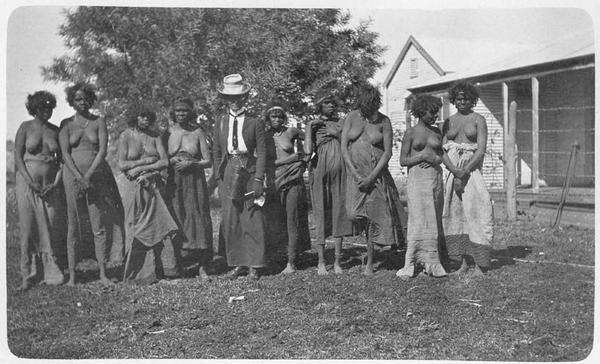



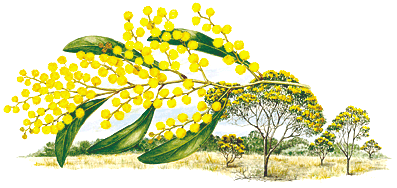


+copy.jpg)










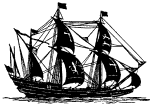





















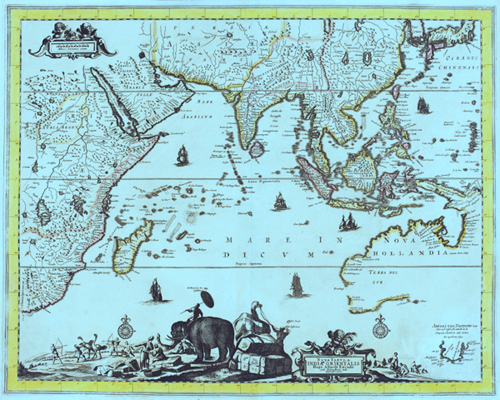

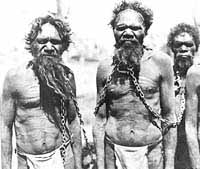
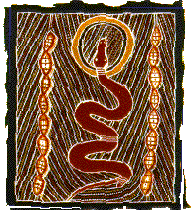


















.jpg)






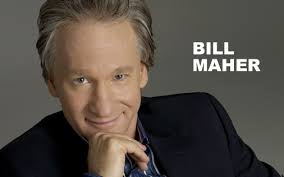



















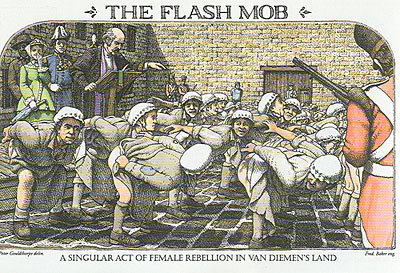
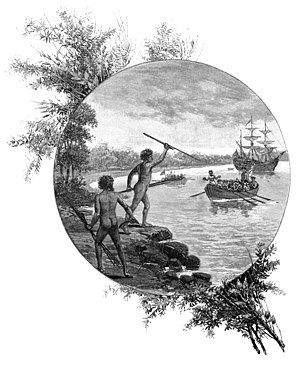 G
G







.jpg)
















No comments:
Post a Comment